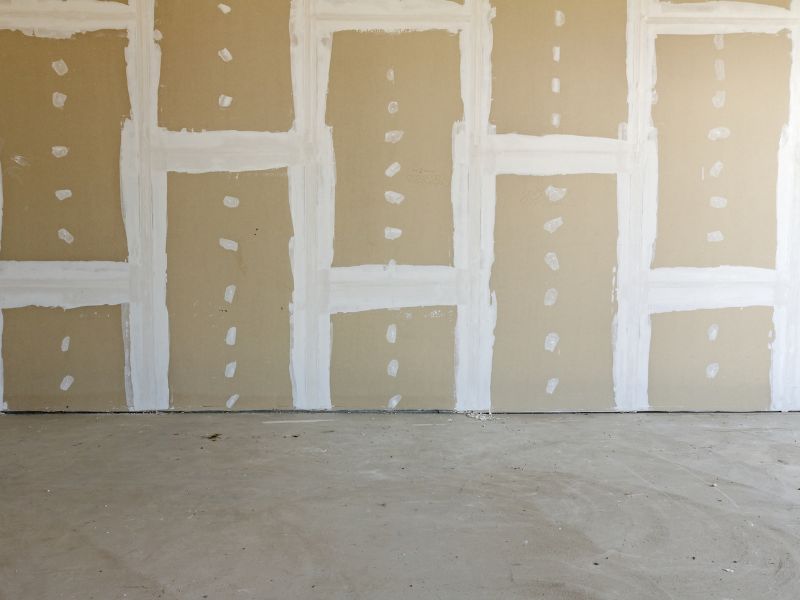
25 Oct Removing moisture from plasterboard walls: effective solutions
Moisture in walls is one of the most common problems in many homes, and when it comes to plasterboard walls, the issue can get even more complicated. Plasterboard, being a gypsum base material, is especially vulnerable to moisture, which can lead to deformations, stains and even mold. Learning how to remove moisture from a plasterboard wall is critical to maintaining a healthy environment and extending the life of this material at home. In Humilogic today’s article, we show you how to remove moisture from your plasterboard wall. Keep reading!
Contenidos
How can we remove the moisture from a plasterboard wall?
Learn how to remove moisture from a plasterboard wall can be simple, if you know how. We show you the keys:
Identify the cause of the moisture in the plaster
Before starting the process of removing moisture from a plasterboard wall, it is important to determine the cause. Moisture in the plaster may be caused by water leakage, condensation in the room or leaks in the ceiling or adjacent walls. Identifying the source of moisture is essential, as it will be of no use to remove surface stains if the root problem is not corrected.
If the cause of the moisture is a water leak, be sure to fix it before attempting any wall treatment. In cases of condensation, it may be necessary to improve room ventilation or consider using dehumidifiers. Leaks, on the other hand, often require the intervention of professionals who are responsible for adequately isolating the affected areas.
How to remove moisture in a plasterboard wall step by step
If you detect moisture in a wall of this material, it is important to act quickly to prevent further damage. If you want to remove them yourself, we show you as:
- Identifies and solves the cause of moisture: before removing moisture from the wall, it is crucial to find its source. Check for water leaks, leaks or condensation problems in the room. Fixes the cause to prevent the problem from reoccurring.
- Dry the wall: once the moisture source is corrected, dry the wall completely. You can open doors and windows, use a fan or, for a more effective solution, use a dehumidifier. Make sure the plasterboard is completely dry before proceeding.
- Clean the surface: if there are mold stains, apply a specific anti-mold solution. Spray the product on the affected areas and, after leaving it to act as directed by the manufacturer, wipe the surface with a cloth. This will remove spores and prevent future mold problems.
- Sand imperfections: Once dry and clean the wall, gently sand the surface to remove stains and smooth out possible slight deformations. Use fine grit sandpaper to avoid damaging the plaster and work until the wall is even.
- Apply a protective primer: the primer helps protect the wall from moisture and improve paint adhesion. Apply a uniform coat and let it dry completely before proceeding to the final touches. This step is key to strengthening the protection of the plaster.
- Paint the wall: finally, apply anti-moisture paint to provide additional protection to the plasterboard wall. This type of paint prevents moisture from seeping in and also improves the durability of the wall in environments prone to moisture.
At Humilogic, we are specialists in removing moisture from walls and restoring the original state of your home’s materials, such as plasterboard. If you need help removing moisture from your plaster walls, please contact us for advice.
